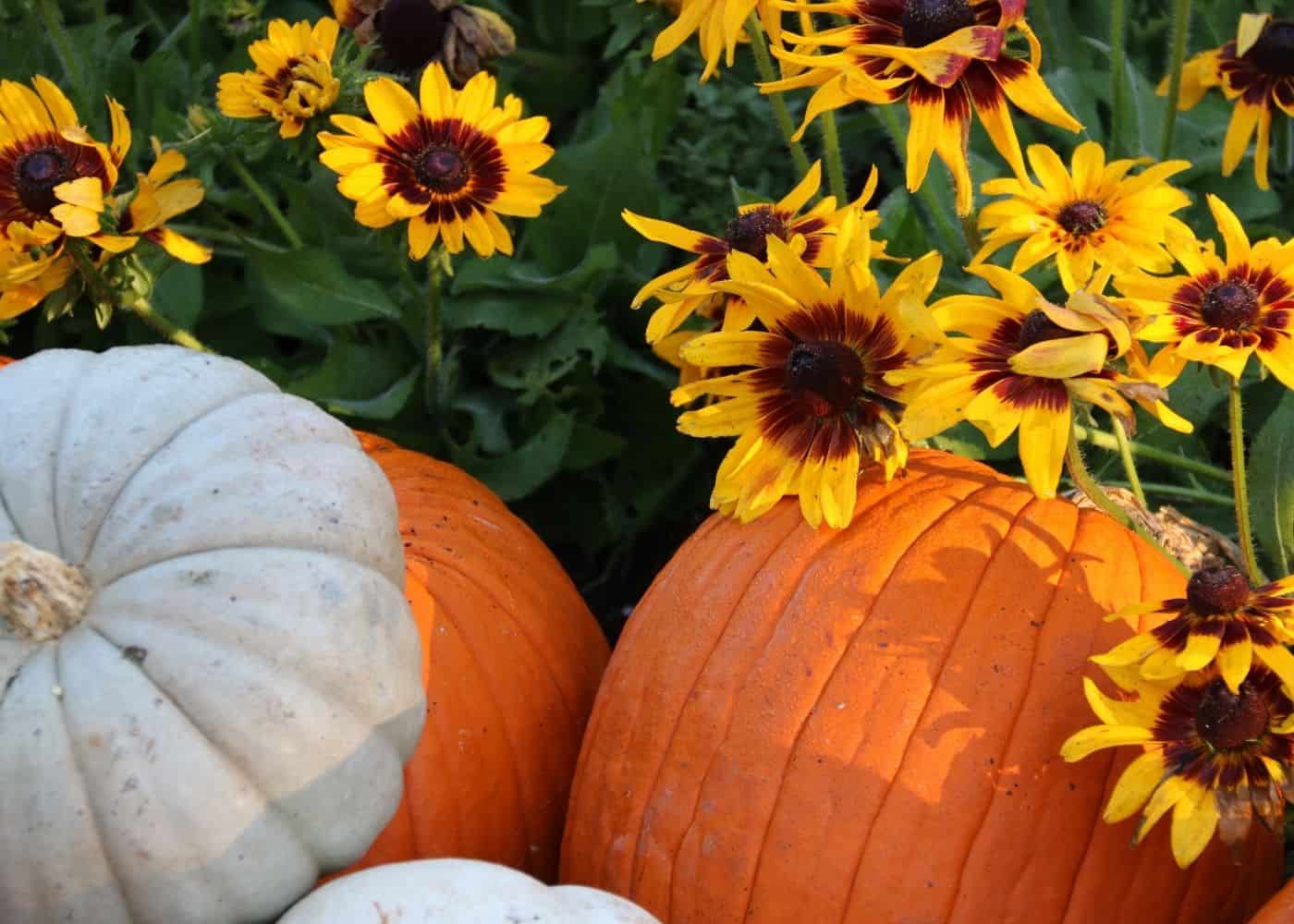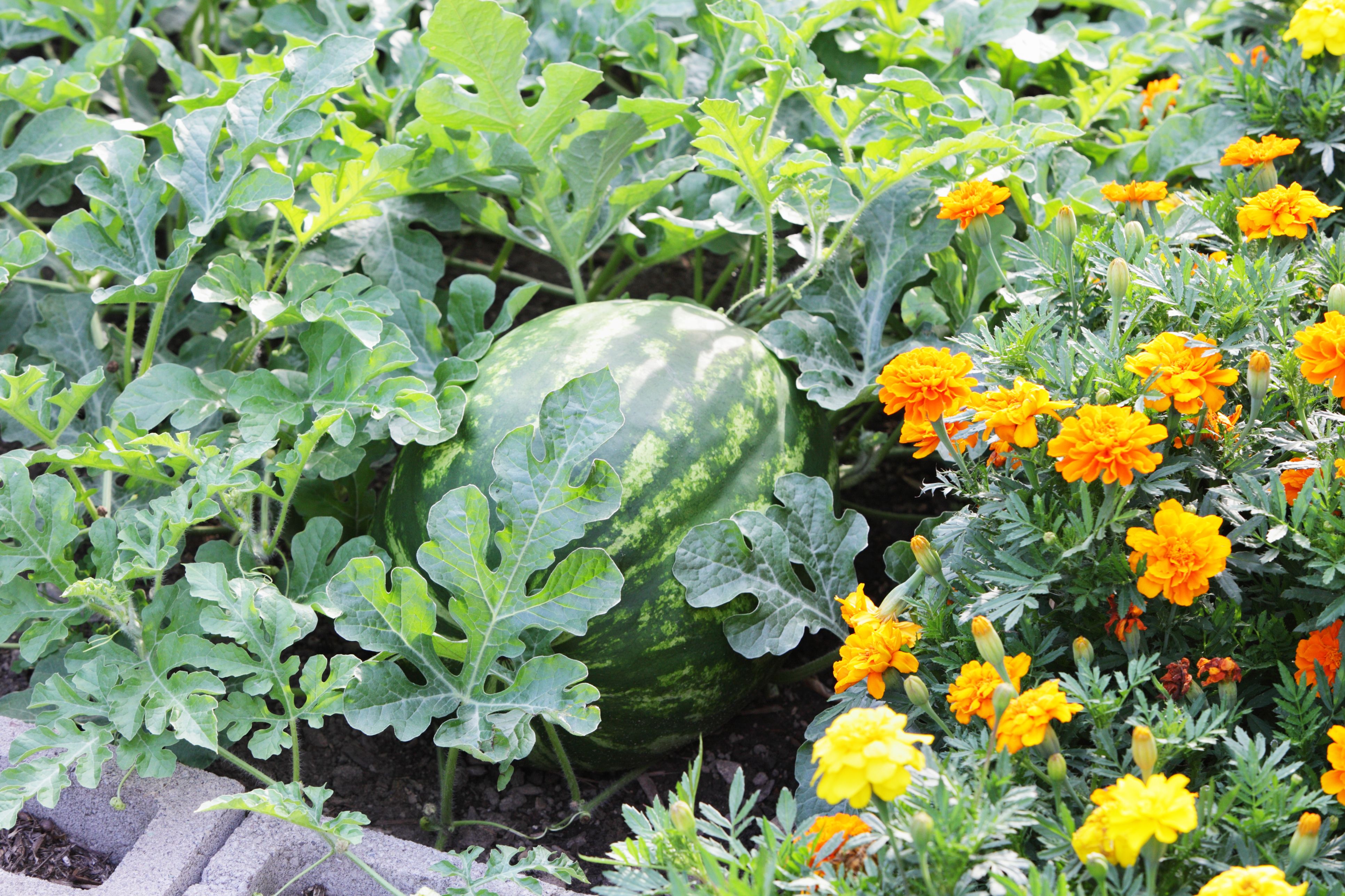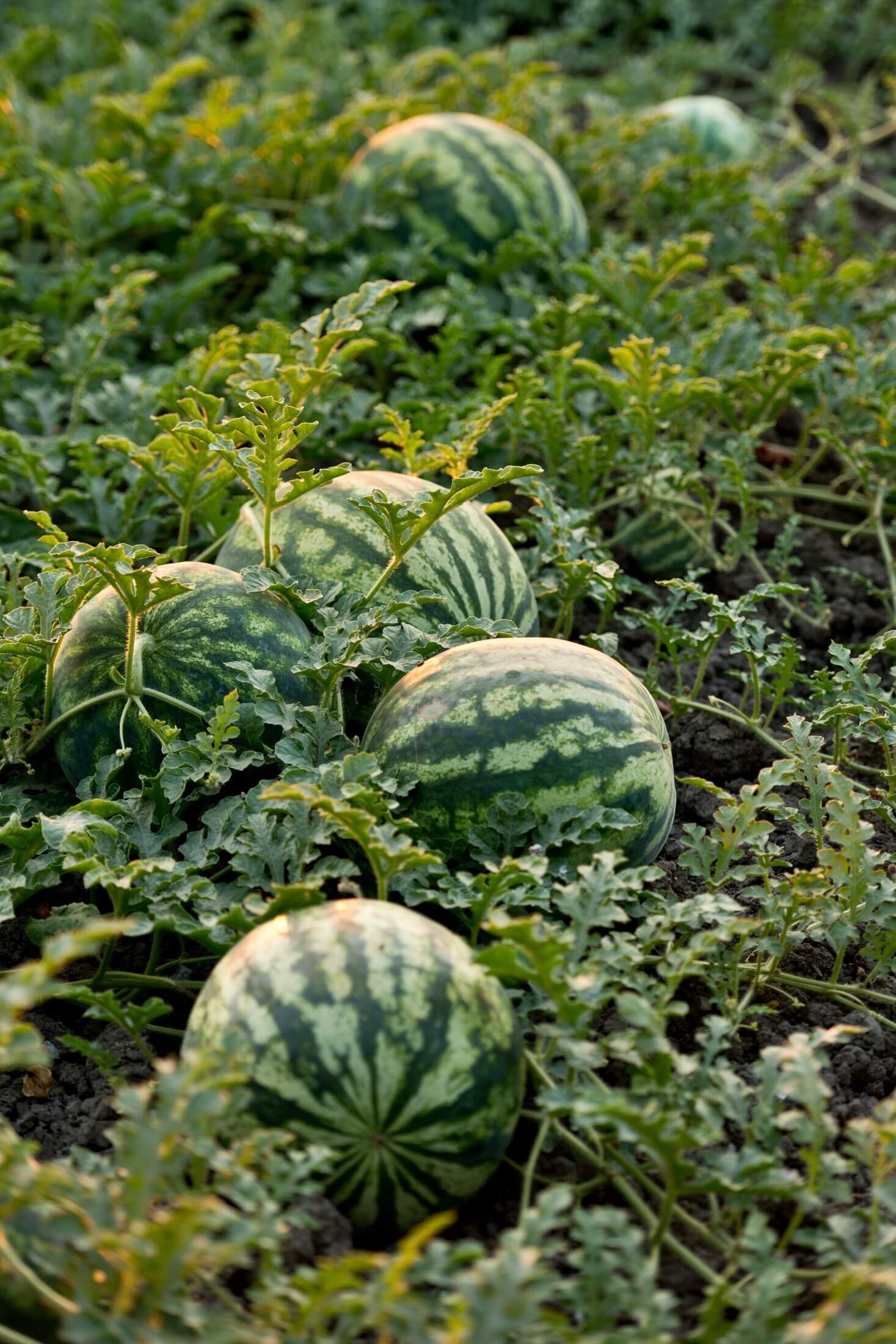Best Companion Plants For Watermelon That Will Boost Your Yield
Watermelons are a delicious and refreshing summer treat. But growing them can be tricky. One way to improve your chances of success is to plant companion plants. Companion planting is the practice of planting certain plants together that benefit each other.
There are a number of companion plants that can help watermelons thrive. Some of the best include:
- Beans: Beans are nitrogen-fixing plants, which means they can help to improve the nitrogen content of the soil. This is beneficial for watermelons, which are heavy feeders.
- Carrots: Carrots help to suppress the growth of nematodes, which are microscopic worms that can damage watermelon roots.
- Cilantro: Cilantro helps to repel aphids, which are a common pest of watermelons.
- Dill: Dill attracts beneficial insects, such as ladybugs and hoverflies, which help to control pests.
- Eggplant: Eggplant helps to repel cucumber beetles, which are another common pest of watermelons.
- Lettuce: Lettuce helps to suppress the growth of weeds, which can compete with watermelons for water and nutrients.
- Marigolds: Marigolds help to repel nematodes, aphids, and other pests.
- Nasturtiums: Nasturtiums help to repel pests and attract pollinators.
- Onions: Onions help to repel aphids, spider mites, and other pests.
- Peas: Peas are nitrogen-fixing plants, like beans. They can also help to suppress the growth of weeds.
- Potatoes: Potatoes help to repel cucumber beetles and other pests.
- Radishes: Radishes help to suppress the growth of weeds and attract beneficial insects.
- Spinach: Spinach helps to suppress the growth of weeds and attract beneficial insects.
- Sunflowers: Sunflowers help to attract pollinators and shade the soil, which can help to keep it cool and moist.
When choosing companion plants for watermelons, it is important to consider the size and growth habit of the plants. Watermelons are large plants that need plenty of space to grow. Avoid planting them next to plants that will shade them or compete with them for water and nutrients.
It is also important to consider the climate in your area. Some companion plants, such as beans and peas, are not cold-tolerant. If you live in a cold climate, you may need to wait until the weather warms up before planting these plants.
With a little planning, you can choose the right companion plants to help your watermelons thrive. By planting these plants together, you can improve the health of your watermelons, boost their yields, and reduce the risk of pests and diseases.
Watermelons are a delicious and refreshing summer treat, but they can be susceptible to pests and diseases. One way to help protect your watermelons is to plant them with companion plants. Companion plants are those that benefit each other when grown together. For watermelons, some of the best companion plants include:
- Beans and peas: These plants fix nitrogen in the soil, which can help to fertilize the watermelons.
- Carrots: Carrots help to repel pests such as cucumber beetles and squash bugs.
- Cucumbers: Cucumbers help to attract pollinators, which are essential for pollinating watermelon flowers.
- Lettuce: Lettuce helps to suppress weeds and provides shade for the watermelons' roots.
- Marigolds: Marigolds help to repel pests such as mosquitoes, flies, and nematodes.
- Nasturtiums: Nasturtiums help to repel pests such as aphids and whiteflies.
- Radishes: Radishes help to break up compacted soil and improve drainage, which can benefit watermelons.
- Spinach: Spinach helps to suppress weeds and provide shade for the watermelons' roots.
For more information about the best companion plants for watermelons, please visit Gardenia Inspiration.
FAQ of best companion plants for watermelon
- What are the best companion plants for watermelon?
Some of the best companion plants for watermelon include:
- Beans and peas: These plants fix nitrogen in the soil, which can help watermelon plants grow stronger and healthier.
- Carrots: Carrots help to repel pests that can damage watermelon plants, such as cucumber beetles and squash bugs.
- Herbs: Herbs like basil, dill, and mint can help to attract pollinators to watermelon plants, which can help to improve pollination and fruit set.
- Lettuce: Lettuce can help to shade the roots of watermelon plants and prevent them from drying out.
- Marigolds: Marigolds are known for their insect-repelling properties, and they can help to keep pests away from watermelon plants.
- What plants should I avoid planting near watermelons?
Some plants that should be avoided planting near watermelons include:
- Cucumbers: Cucumbers and watermelons are both members of the cucurbit family, and they can compete for resources like water and sunlight.
- Potatoes: Potatoes can harbor diseases that can also affect watermelon plants.
- Squash: Squash and watermelons are both susceptible to the same pests, so planting them near each other can increase the risk of pest infestation.
- Sunflowers: Sunflowers can shade watermelon plants and prevent them from getting the sunlight they need to grow.
- Tomatoes: Tomatoes and watermelons can compete for resources like water and sunlight.
- How do companion plants benefit watermelon plants?
Companion plants can benefit watermelon plants in a number of ways, including:
- Attracting pollinators: Companion plants that attract pollinators, such as bees and butterflies, can help to improve pollination and fruit set.
- Repelling pests: Companion plants that repel pests, such as marigolds and nasturtiums, can help to keep pests away from watermelon plants.
- Providing nutrients: Companion plants that fix nitrogen in the soil, such as beans and peas, can help to provide watermelon plants with the nutrients they need to grow strong and healthy.
- Shading the roots: Companion plants that can shade the roots of watermelon plants, such as lettuce and spinach, can help to prevent them from drying out.
- Improving drainage: Companion plants that help to improve drainage, such as corn and sunflowers, can help to prevent watermelon plants from getting root rot.
- How far apart should watermelon plants be planted?
Watermelon plants should be planted at least 3 feet apart. This will give them enough space to grow and spread out.
- When should I plant watermelon seeds?
Watermelon seeds should be planted 2-4 weeks after the last frost. The soil temperature should be at least 65 degrees Fahrenheit.
Image of best companion plants for watermelon
- Sunflowers: Sunflowers attract pollinators, which helps watermelons to set fruit. They also help to shade the soil, which can help to keep it moist.

- Cucumbers: Cucumbers and watermelons have similar growing requirements, so they can be planted together. They also help to suppress weeds.
- Marigolds: Marigolds help to repel pests, such as cucumber beetles and squash bugs, which can damage watermelon plants.

- Pole beans: Pole beans fix nitrogen in the soil, which can benefit watermelon plants. They also help to provide shade and support for watermelon vines.

- Herbs: Herbs, such as basil, mint, and rosemary, can help to deter pests and attract pollinators. They can also add flavor to watermelons.

Post a Comment for " Best Companion Plants For Watermelon That Will Boost Your Yield"